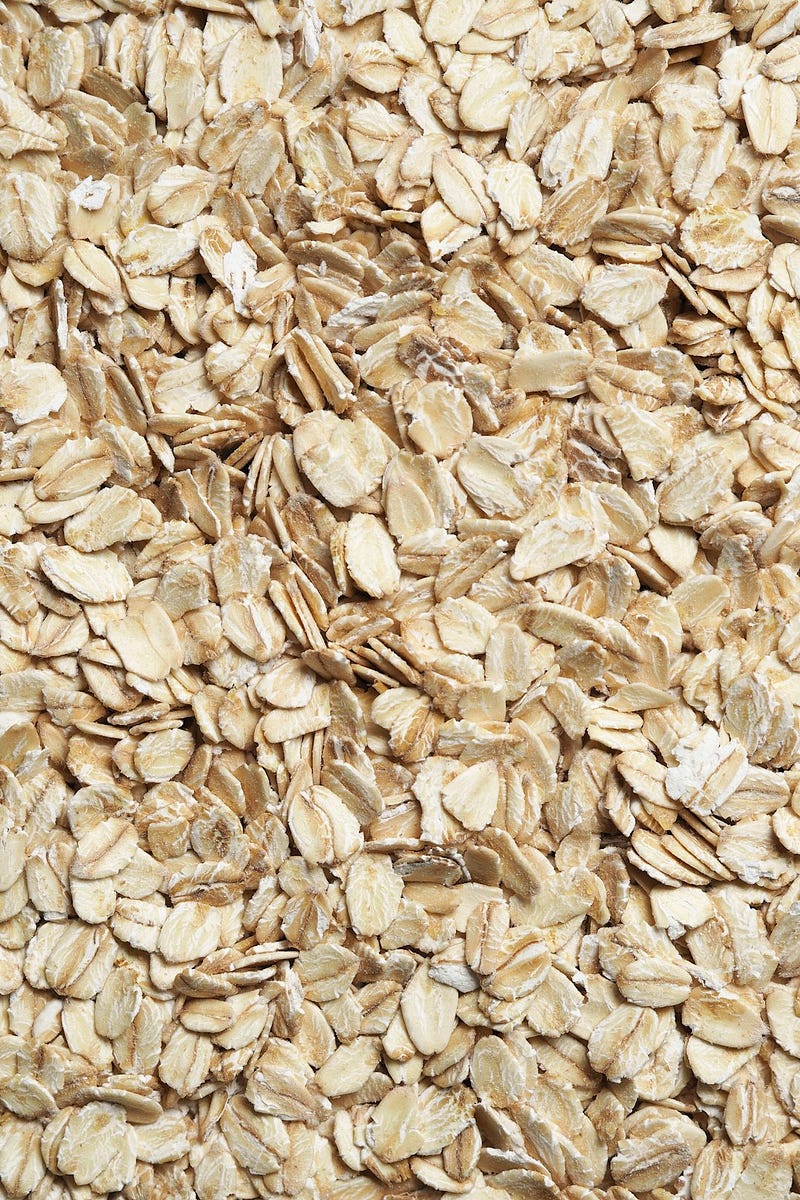Are Chemicals in Oats a Threat to Fertility? Exploring Recent Claims
Written on
The Complex Relationship with Modern Agriculture
Humanity's connection with contemporary farming practices is often conflicted. While innovations such as pesticides and herbicides have played a crucial role in our survival, their excessive usage has been linked to various health issues. Recent headlines have ignited fears regarding chemicals that may affect fertility, specifically focusing on the little-known substance chlormequat. A study claims that 80% of Americans have this chemical in their urine, which is also found in many oat-based products available in grocery stores.
However, the sensationalism surrounding these findings often overshadows the reality. Yes, traces of certain chemicals can be detected in common foods, but these levels are generally within safe regulatory limits.

Understanding the Recent Study
The alarming study about oats was funded by the Environmental Working Group (EWG), an organization advocating for stricter limits on chemical residues like pesticides. They conducted tests on 96 urine samples from commercial labs and examined 42 oat-based products purchased in mid-2023.
The results showed minimal amounts of chlormequat in 77 out of the 96 urine samples and 23 out of 25 oat products tested. This has led the authors to call for increased regulatory scrutiny regarding chlormequat exposure in the U.S.
The findings, while concerning, should be viewed in context. Chlormequat is a growth regulator used selectively on certain crops, meaning its presence isn't widespread. The study revealed that the average concentration of chlormequat in urine was about 0.000000001g/g of creatinine, an extremely low figure.
Quantifying Chlormequat Exposure
To put this into perspective, the amount of chlormequat found in oat products is measured in parts per billion. For instance, Quaker’s Old-Fashioned Oats had the highest detected level at 291ppb. To ingest a single milligram of chlormequat from these foods, one would need to consume approximately 3 kilograms (6.6 pounds) of oats.

Evaluating Safety Thresholds
While it’s true that some substances can be harmful even in tiny amounts, the U.S. Environmental Protection Agency (EPA) has established a safe exposure limit for chlormequat. Based on various animal studies, the EPA has determined a maximum threshold of 0.05mg/kg body weight per day. For children, this translates to about 1mg per day, equating to the consumption of around 3kg (6.6 pounds) of oat products. Therefore, unless children are consuming large quantities of these foods, the risk remains minimal.
Challenging the Narrative
The sensational nature of these reports can often mislead the public. The human urine samples in the study were collected from arbitrary individuals in just three states, leaving many questions unanswered about the demographic and occupational backgrounds of these participants. The claim that "80% of Americans" have chlormequat residues is misleading; it is more accurate to say that a limited sample from specific locations showed this result.
Ultimately, the study raises more questions than it answers, and the amounts detected were significantly lower than the safety limits set by the EPA. While monitoring chlormequat levels is advisable, this particular study does not provide compelling evidence for alarm regarding everyday consumption of oat products.
Safe Consumption Practices
While the study's findings may appear alarming at first glance, it is essential to approach them with a critical mindset. The levels of chlormequat detected are well below the regulatory limits, and thus pose minimal risk to the average consumer. As with many issues surrounding food safety, a nuanced understanding is crucial to avoid unnecessary panic.